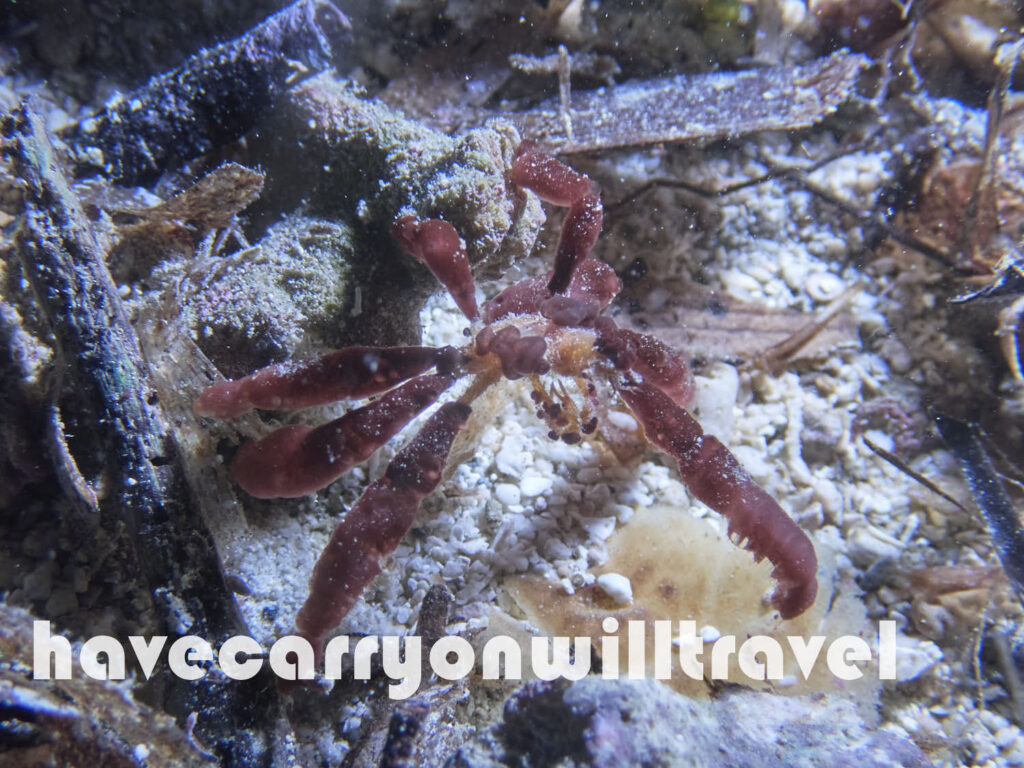We didn’t get to see too much of Papua New Guinea. The expats that work there all had warnings about how dangerous it can be. Port Moresby was a definite no go. “Don’t leave the hotel compound.” Normally Debbie and I don’t pay too much attention to warnings like that but the reading I had done previously seemed to tingle my spidey sense so we felt it best to heed the word and sequester ourselves in the hotel.
We checked first but Alotau seemed like a user friendly place and we went into town to see what was up. It is a pretty typical SE Asian town. A little more sparsely built than most but pretty much the same stores, harbour, and produce market. The place is not very crowded with people either. No elbow-to-elbow jostling on the street and no other tourists. First, tourists are a rarity and second, tourists don’t wander around the area freely. The only other white people would be working in Papua and they don’t travel anywhere without security. Thus not much touring. The shuttle driver told us the even the locals don’t venture into the jungle. “Opportunists” lay in wait for any unsuspecting wanderer.

We did see a good number of islands during our sea bound travel. It is estimated the country has 600 islands within its bounds. Some of the ones we passed were very small and probably not counted in that number but they looked like an ideal spot for a mini vacation home.
The sky was quite stunning. The clouds of major interest. Sometimes they towered high in space. Sometimes they lined the edge of some island with perfectly flat bottoms and puffy tops. Sometimes they looked white as snow and like cotton batten. Sometimes they were black as coal and when the wind was right, we knew what was on its way.

All the locals we met on our journey were friendly, happy people. The kids had school holidays so every time we stopped near an island there was a flotilla of dugout canoes paddling out to see what was happening at the big white boat anchored in the bay. They were curious but they also had vegetables, fruit and fish for trade. Bananas and green stuff were traded for packages of itchi ban type noodles, the fish was traded for cash. We ate well.
When we were in KoKoPo, enroute to the airport, we heard that tribes/communities often are in conflict. The road to Rabaul is often closed to traffic due to the conflict between the communities in the area.

Just an aside because I don’t know where to include it, what is know as a ‘Speedo’ in North American is known as a ‘budgie smuggler’ in Australia and from what was mentioned in the safety briefing in Papua as well.
The diving was good but the touring not so much. If you want to go to PNG there are quite a few resorts around so if you want a “don’t go anywhere, relax” type holiday that is an option. You will most likely have to employ a guide to see the environs as they don’t seem to be tourist friendly. There are few dive resorts around so day diving is possible and of course there are two live a boards that ply the waters.

